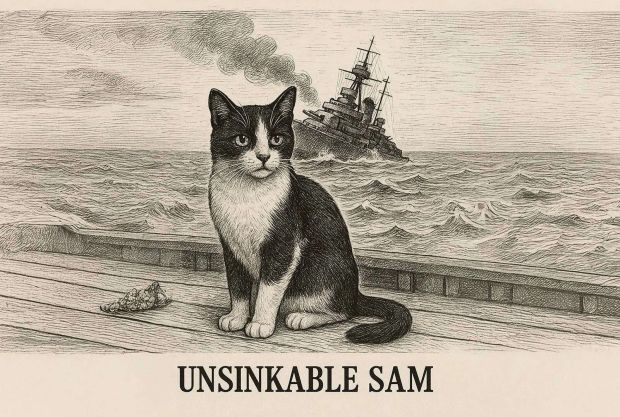Sustainable Tourism, and the Future of Conservation

The roar of a lion echoing across the African savanna, the elusive glimpse of a tiger prowling through the Indian jungle – these are the experiences that fuel our dreams and draw millions of tourists to destinations rich in big cat populations. But the allure of these magnificent predators presents a complex challenge: how do we balance the economic benefits of tourism with the crucial need to conserve these vulnerable species and their fragile habitats?
The relationship between big cats and tourism is a double-edged sword. On one hand, tourism can generate significant revenue, providing much-needed resources for conservation efforts, community development, and anti-poaching initiatives. On the other hand, poorly managed tourism can lead to habitat degradation, increased human-wildlife conflict, and disturbance of sensitive animal behaviors. Striking the right balance is the key to sustainable tourism that benefits both the big cats and the communities that live alongside them.
The Economic Power of Paws and Claws:
The economic impact of big cat tourism is undeniable. From park entrance fees and accommodation to local crafts and guiding services, the revenue generated supports livelihoods, stimulates local economies, and provides a tangible incentive for conservation. When communities benefit directly from the presence of big cats, they are more likely to support conservation efforts and actively protect them from threats like poaching and habitat loss.
For example, in Botswana’s Okavango Delta, high-end tourism focused on wildlife viewing has been instrumental in funding conservation programs and empowering local communities. Similarly, in Nepal, tiger-based ecotourism is contributing to the growth of local businesses and fostering a sense of stewardship towards the endangered Bengal tiger.
The Perils of Uncontrolled Tourism:
However, the success of big cat tourism hinges on careful planning and responsible management. Uncontrolled tourism can have devastating consequences:
- Habitat Degradation: Increased traffic, infrastructure development, and unsustainable waste management can fragment habitats, disturb wildlife corridors, and pollute ecosystems.
- Human-Wildlife Conflict: As tourism encroaches on big cat habitats, the likelihood of encounters between humans and animals increases, leading to potential injuries, livestock depredation, and retaliatory killings.
- Disturbance of Natural Behaviors: Excessive noise, intrusive photography, and close proximity to animals can disrupt their feeding, breeding, and resting patterns, affecting their overall health and survival.
- Ethical Concerns: Issues such as forced interactions with animals, captive breeding programs masquerading as conservation, and exploitation of local communities raise serious ethical questions.
A Path Towards Sustainable Coexistence:
The future of big cat conservation lies in embracing sustainable tourism practices that prioritize the well-being of the animals and their habitats, while simultaneously benefiting local communities. This requires a multi-faceted approach:
- Responsible Tourism Practices: Implementing strict regulations on visitor numbers, vehicle movement, and noise levels to minimize disturbance to wildlife.
- Community Involvement: Engaging local communities in tourism planning and management, ensuring they benefit directly from conservation efforts and are empowered to protect their natural resources.
- Education and Awareness: Educating tourists about responsible wildlife viewing etiquette, the importance of conservation, and the role of local communities in protecting big cats.
- Investing in Conservation: Using tourism revenue to fund anti-poaching patrols, habitat restoration projects, and research initiatives that monitor big cat populations and their ecosystems.
- Certification and Accreditation: Promoting tourism operators that adhere to sustainable practices and ethical standards, ensuring they are contributing positively to conservation.
Looking Ahead:
The challenge of balancing big cat conservation with the economic benefits of tourism is an ongoing one. As global tourism continues to grow, it is more important than ever to prioritize responsible practices and ensure that tourism contributes to the long-term well-being of these magnificent creatures and the ecosystems they inhabit. By working together – conservationists, tourism operators, governments, and local communities – we can ensure that future generations have the opportunity to witness the awe-inspiring power and beauty of big cats roaming freely in their natural habitats. The roar of the lion, the glimpse of the tiger – these are not just tourist attractions, they are a symbol of a healthy and vibrant planet, a legacy we must strive to protect.



